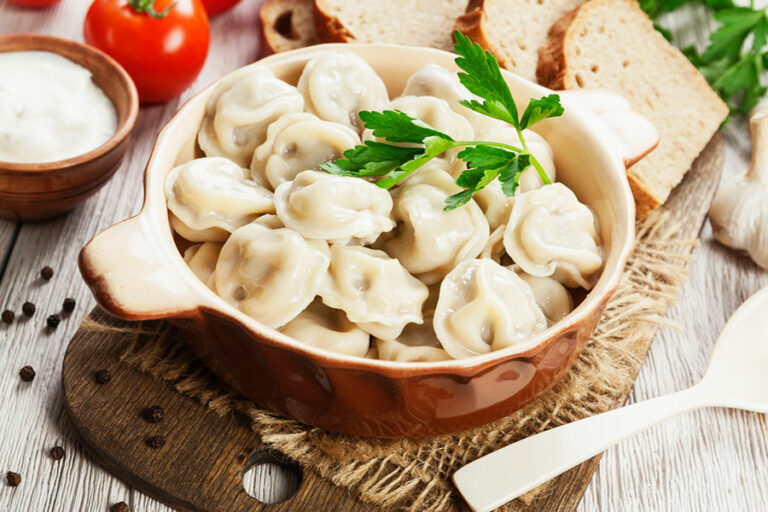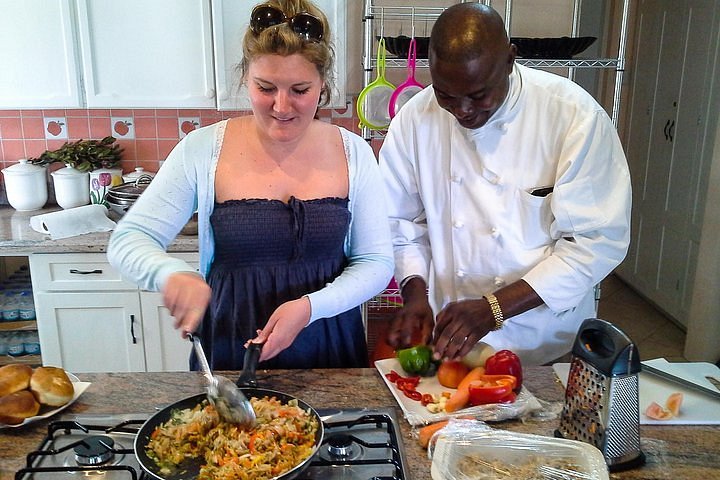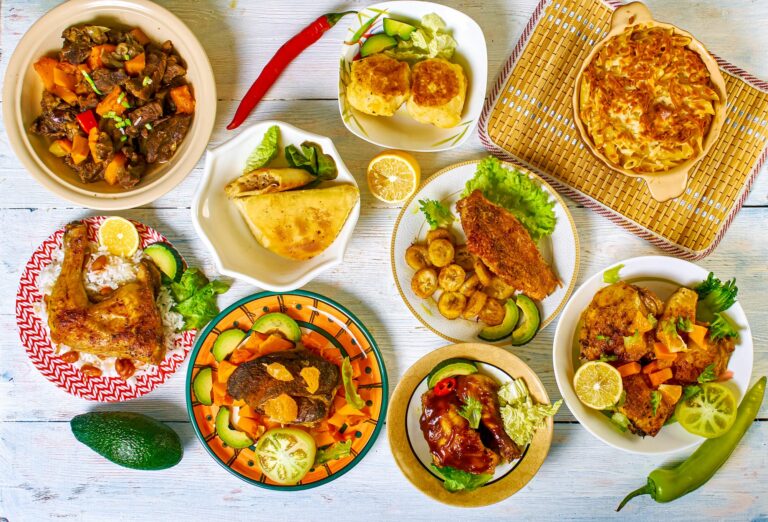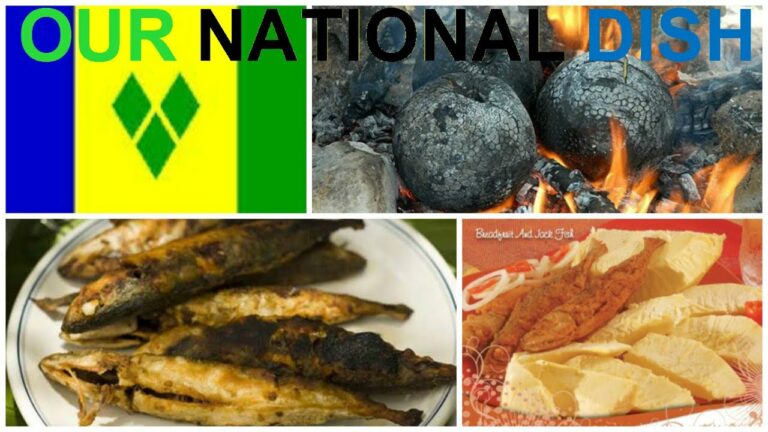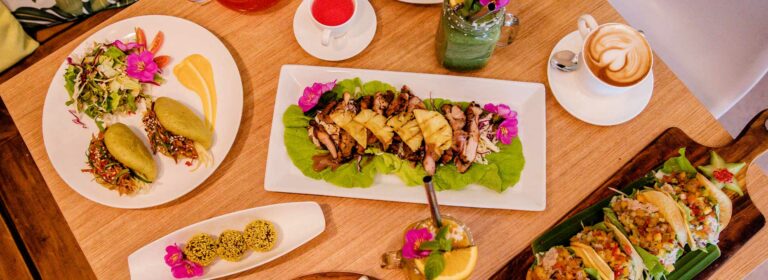Introduction: Qatar’s culinary heritage
Qatar’s culinary heritage is rich and diverse, influenced by the country’s geography, history, and cultural traditions. The cuisine of Qatar is a reflection of the region’s nomadic and seafaring past, with a heavy emphasis on fresh seafood, meat, and dairy products. The country’s cuisine has been shaped by the various cultural influences, including Indian, Iranian, and Arab, which have contributed to the development of its unique flavor profile.
Machboos: the national dish of Qatar
Machboos is the national dish of Qatar and a staple in Qatari cuisine. This hearty dish consists of fragrant spiced rice, slow-cooked meat, and vegetables. The meat used in machboos is typically lamb or chicken, and the spices used include cumin, coriander, and turmeric. The dish is often served with a side of tangy yogurt and a salad of fresh vegetables. Machboos is a must-try for anyone wanting to experience the true flavors of Qatari cuisine.
Thareed: a popular Qatari comfort food
Thareed is a popular comfort food in Qatar, particularly during the holy month of Ramadan. This hearty dish is made by layering pieces of bread in a pot with a savory broth made from meat or vegetables. The bread absorbs the flavorful broth, creating a satisfying and filling meal. The dish is often served with a side of yogurt and fresh herbs, making it an ideal meal for cold winter nights.
Balaleet: a sweet breakfast dish
Balaleet is a sweet breakfast dish that is commonly eaten in Qatar. The dish consists of vermicelli noodles cooked in a sweetened mixture of sugar, cardamom, and rose water. The noodles are then topped with a generous serving of saffron-infused scrambled eggs. Balaleet is a delicious and satisfying way to start the day, and it’s an excellent representation of Qatari cuisine’s sweet side.
Harees: a savory porridge with meat
Harees is a savory porridge made from wheat and slow-cooked meat. The dish is seasoned with a blend of spices, including cinnamon, cloves, and cumin, and it’s often served alongside a side of bread and a salad of fresh greens. Harees is a popular dish during the Islamic holy month of Ramadan, and it’s an excellent representation of Qatari cuisine’s hearty and comforting side.
Qahwa: traditional Qatari coffee
Qahwa is a traditional Qatari coffee made from freshly roasted and ground beans. The coffee is brewed with flavored with cardamom and served in small cups with dates, a traditional Qatari sweet snack. Qahwa is an essential part of Qatari culture, often served to guests as a sign of hospitality and respect. It’s a rich, flavorful coffee that perfectly reflects the warmth and welcoming nature of Qatari cuisine.



